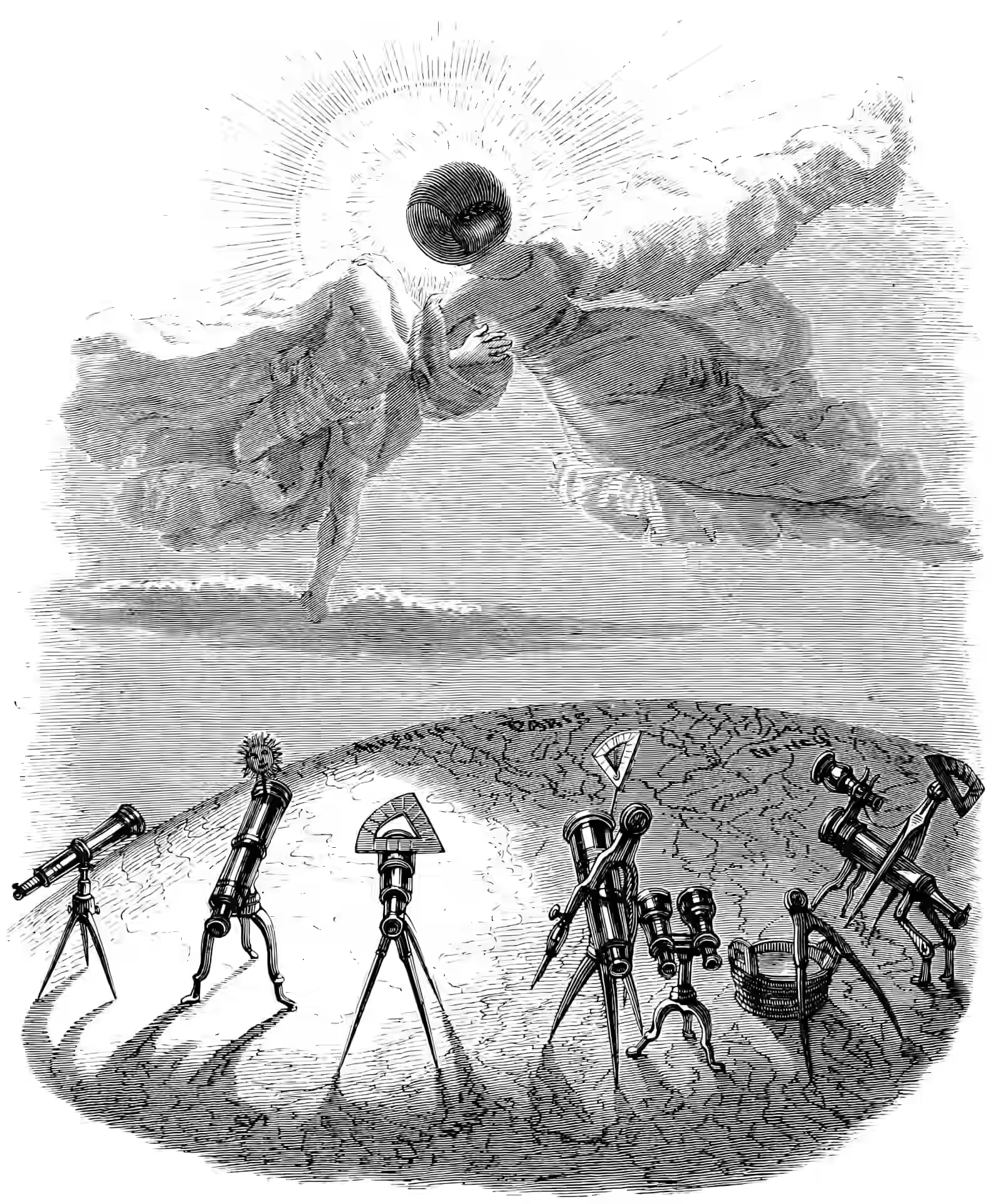Observablejs
2022-08-07 — 2022-08-07
Wherein is described a browser-hosted scientific workbook built atop D3, whose Observable Plot library is open-source and is used to produce concise, interactive tabular visualizations, with a free hosting option for notebooks.
observablejs combines some features of FRP and some of javascript visualisation and UIs and data dashboards into a single tool.
A large friendly ecosystem of interactive browser-based visualisation tools built on top of D3
Observable Plot is a free, open-source JavaScript library to help you quickly visualize tabular data. It has a concise and (hopefully) memorable API to foster fluency — and plenty of examples to learn from and copy-paste.
The result is a kind of scientific workbook with a unique set of strengths and weaknesses.
Strengths:
- “More” interactive than most; the tools can be executed in the browser, which means that interactive user widgets are easy.
- Light dependencies; it seems to run without a complicated install package like, e.g. Python alternatives, and there is a free host for notebooks.
- Visualisations are rather pretty.
Weaknesses:
- Statistical tools are not powerful (basically only JavaScript stuff runs).
- If one of the default visualisations works for you, great, but if not, building a new one is tedious.
See the intro.
1 Observable Plot for Mathematicians
Mark McClure explains Observable Plot for mathematicians. tl;dr: It is feasible but we are not the target audience, so there is a lot of manual labour. His Adaptive plotter does a lot of it. See, e.g. his lecture on the normal model.
Transforms are a workhorse for some data processing.
2 Docs I am currently reading
2.1 Plotting
2.2 Interactivity
3 Language
Observable’s not JavaScript * Observable Documentation * How Observable Runs
4 Quarto support
Observable supports quarto, or is that the other way around? See Using Observable.
